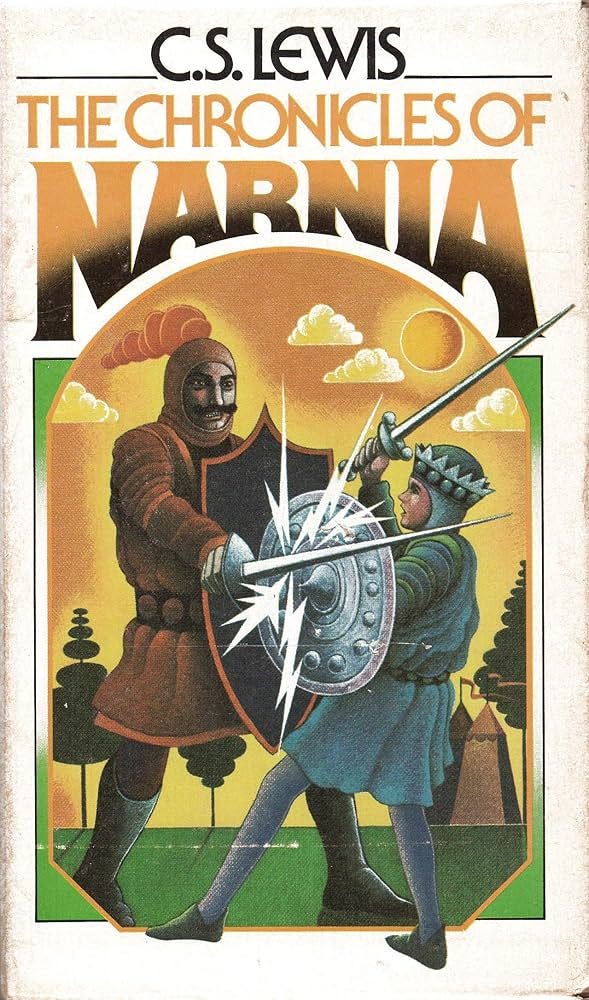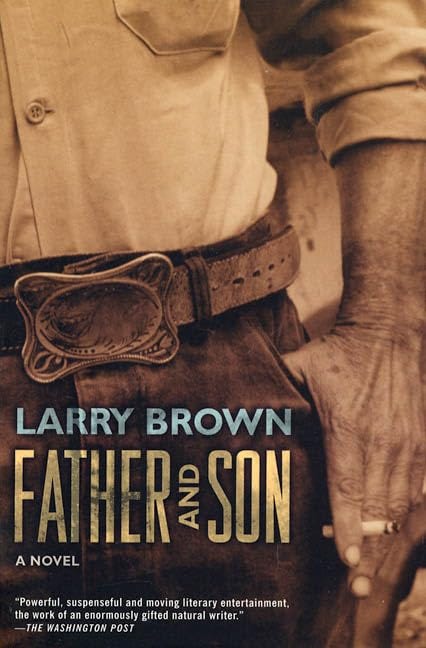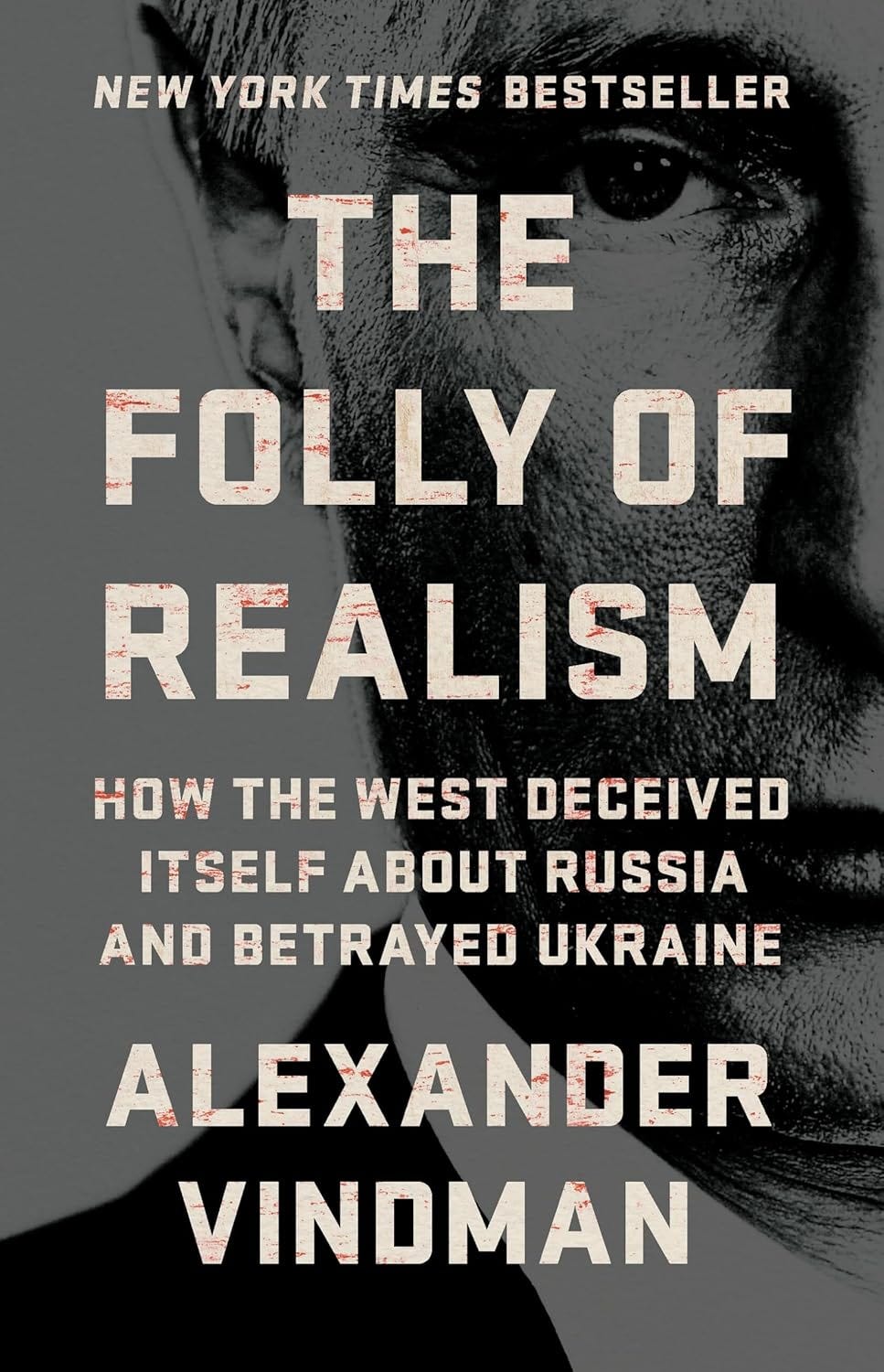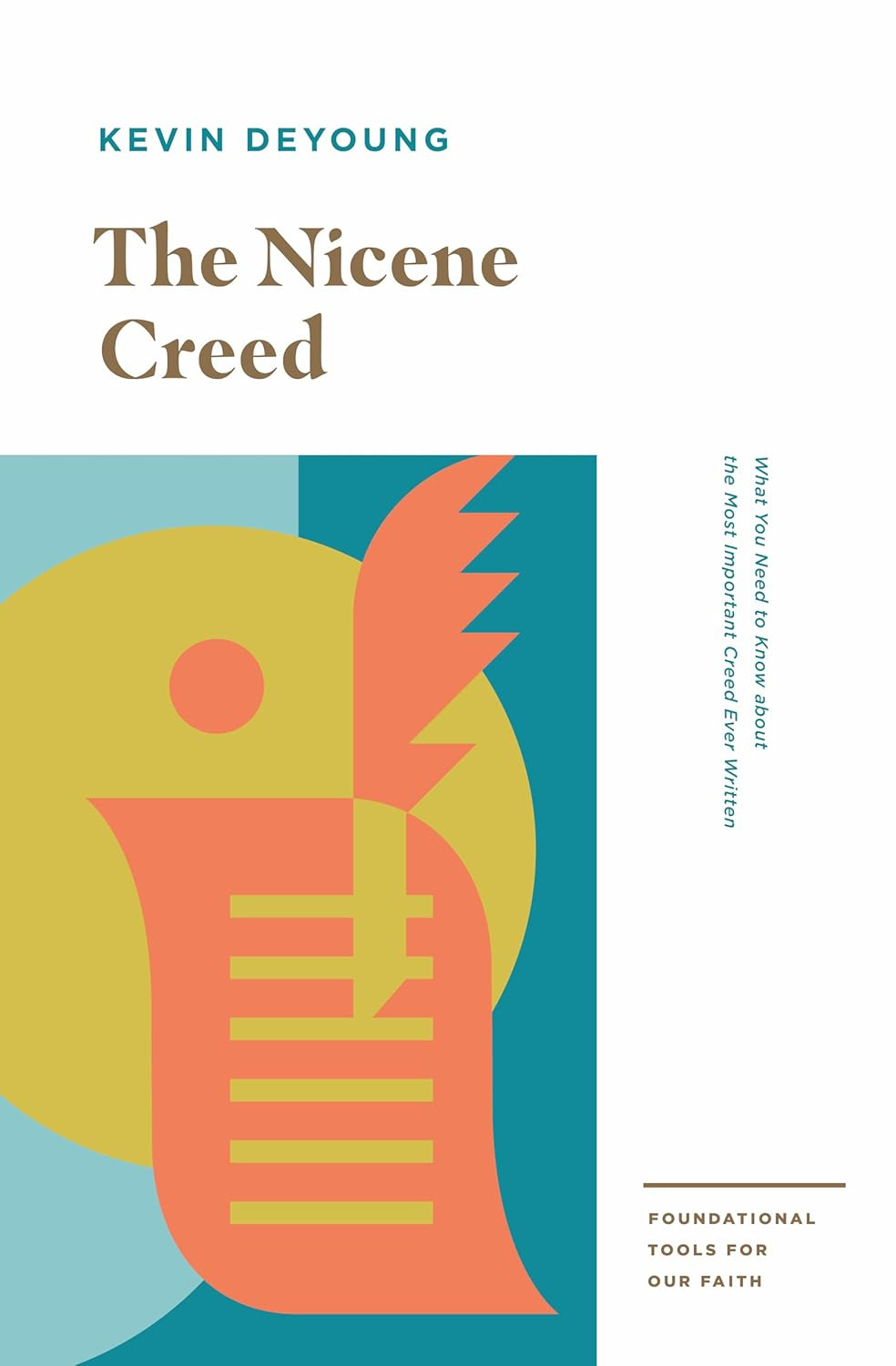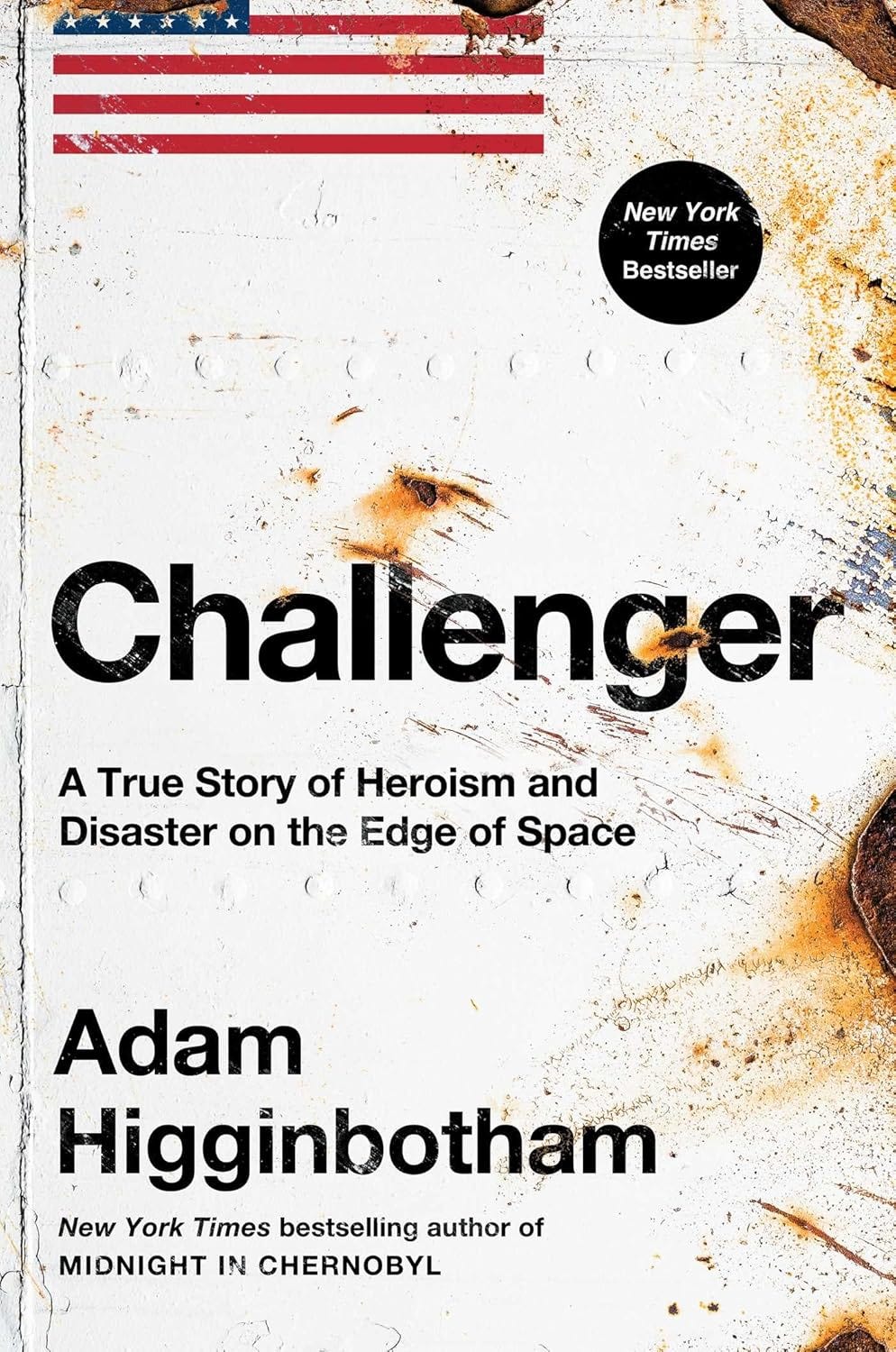What Did You Read in May 2025?
I don’t know about you, but my month of May was primarily filled with fiction. I didn’t plan it that way; it just happened. Yet the nonfiction works I came across were pretty incredible. I hope (1) you’ll find something interesting from my reading list and (2) you’ll share what you read.
After my list, I’ll have a bit to say about summer reading, so stick around. But for now, here’s what I read in May:
From the photo FICTION:
Prince Caspian (The Chronicles of Narnia #2 [publication order], 1951) C.S. Lewis (2x, previously read over 40 years ago)
Let’s get this out of the way first: If you’ve already read the Chronicles of Narnia, reread them in any order you like, but if you’re encountering these seven books for the first time, read them in publication order! Okay, now moving forward… When Peter, Susan, Edmund, and Lucy are summoned to return to Narnia one year after the events of The Lion, the Witch, and the Wardrobe, they discover that 1,300 years have passed in Narnia, and things don’t look good. This is a great entry in the series, although not quite as powerful as The Lion, the Witch, and the Wardrobe. The entire set is essential reading, regardless of your age. (By the way, this set was given to me by my friend Holly back in 1983.)
Dangerous Dimensions: Mind-Bending Tales of the Mathematical Weird (2021) Henry Bartholomew, ed.
For a long time, I’ve wanted to read a title from British Library Publishing, a press specializing in anthologies of weird stories from the early-to-mid-20th century. I wasn’t exactly surprised to find this collection a mixed bag. Two of the best stories are by writers I didn’t previously know, Mary Eleanor Wilkins Freeman (“The Hall Bedroom”) and Miriam Allen deFord (“Slips Take Over”), but some of the other tales were tiresome. (Apologies to the fans of Frank Belknap Long, but I plan to steer clear of him from here on out.) “The Library of Babel” by Jorge Luis Borges is a classic, and two tales from Algernon Blackwood (“A Victim of Higher Space” and “The Pikestaffe Case”) are always welcome, but most of the other stories didn’t do it for me.
The Music of Chance (1990) Paul Auster
I’ve been trying to track down the 1993 movie adaptation of The Music of Chance for years, so when I saw the novel at a used book sale, I jumped on it. A finalist for the 1991 PEN/Faulkner Award for Fiction, Auster’s novel follows fireman Jim Nashe and his struggle to find himself. His father, whom Nashe barely knew, died and left him an enormous amount of money. Longing for a free and unhindered life, Nashe spends months driving around the country with no particular plan until he meets Jack Pozzi, a brash, impulsive young gambler who has a plan to fleece a couple of wealthy bachelors in a high-stakes poker game. Pozzi needs money, and Nashe is down to the last of his inheritance money, so… I know what you’re thinking: you can see where this is going, but trust me, you can’t. I wasn’t able to focus on much else while I was reading this novel. Maybe it will strike you the same way. I’m heavily ruminating on the novel now that I’ve finished it. I’ve only read a few Auster books, so I don’t know if this is the best place to start, but if you do start here, make sure you have a few uninterrupted hours on your hands.
A Different Drummer (1962) William Melvin Kelley
A few weeks ago, I was invited to join a faculty/staff book discussion group at Anne Arundel Community College, where I work. I’d never heard of A Different Drummer, a work of Southern fiction by an African American author I wasn’t familiar with, so I gave it a try. In a fictional state located between Mississippi and Alabama, a black farmer named Tucker Caliban unloads a massive shipment of salt onto his fields, shoots his horse, sets fire to his house, and drives north with his family. No one knows what to make of this. Kelley’s novel is both hilarious and sobering, a powerful and unforgettable reading experience. I’m not sure why this fine novel isn’t talked about more. (Our discussion group could’ve talked about this one all night.) I plan to revisit it soon.
Father and Son (1996) Larry Brown
In 1968, Mississippian Glen Davis returns home after being released from a three-year prison stint, but it’s not long before he’s in trouble again, committing two homicides within 48 hours. This is a story worthy of comparisons to Faulkner, but much easier to read. After having read Tiny Love, Brown’s collected short fiction, I knew Father and Son would be good. I just didn’t expect it to be this good.
From the photo NONFICTION:
The Folly of Realism: How the West Deceived Itself About Russia and Betrayed Ukraine (2025) Alexander Vindman
For anyone wanting to know more about the Russia/Ukraine war and why Ukraine is so important to Putin, this book does a masterful job of helping readers understand how we’ve come to this moment and what might happen next.
Triumphing Over Sinful Fear (1682/this edition 2011) John Flavel
I’ve been reading a lot from the Puritans lately, and as I noted back in March, if you think the Puritans were killjoys who didn’t know how to have a good time, you’re wrong. Yet they took their faith very seriously, which is evident in their writings, recently made available in modern language editions from Reformation Heritage Books (like this one) and the Banner of Truth. We all have to deal with fear, and while some fears are worse than others, when we give ourselves over to fear, we’re often not trusting God. Flavel explores this idea in many different and helpful ways. If you’ve never read anything about the Puritans, I suggest starting with Following God Fully, a very short book about their beliefs and lifestyle, but starting with Triumphing Over Sinful Fear would be recommended as well.
The Nicene Creed: What You Need to Know about the Most Important Creed Ever Written (2025) Kevin DeYoung
The Nicene Creed probably isn’t recited in churches as much as the Apostles’ Creed, but the Nicene (celebrating its 1700th anniversary this year) offers great depth and rewards from studying its history and meaning. In a short book of only 85 pages, DeYoung gives us a good overview of the creed and its place in church history.
Not pictured NONFICTION:
Challenger: A True Story of Heroism and Disaster on the Edge of Space (2024) Adam Higginbotham
When the space shuttle Challenger exploded on January 28, 1986, I was in my car driving from one school to another in Meridian, Mississippi, in my first year of teaching. This was my planning period, and I knew several classrooms were scheduled to watch the liftoff, so I hoped to see at least part of it. The tragic news came through my car radio before I ever reached the school. When I arrived, it was like I was wandering through the wilderness, unsure of what to do, where to go, or what to think. There was so much we didn’t know then and for several days afterward. Adam Higginbotham’s book not only answers those questions, but it also gives us the background of the space race from its very beginning, showing why the Challenger tragedy happened, how it could have been avoided, and what it means for us today. I highly recommend this book.
That’s what my month looked like. The comments are open, so please tell us what you recommend and what to avoid.
But before I go, I ran across this post from Joel Miller about summer reading, which I encourage you to read. Miller also inspired me to be more purposeful in planning my own summer reading list, which I’ll discuss more soon (after a few posts about movies).
Thanks for reading, and I hope everyone has a great, safe summer!



